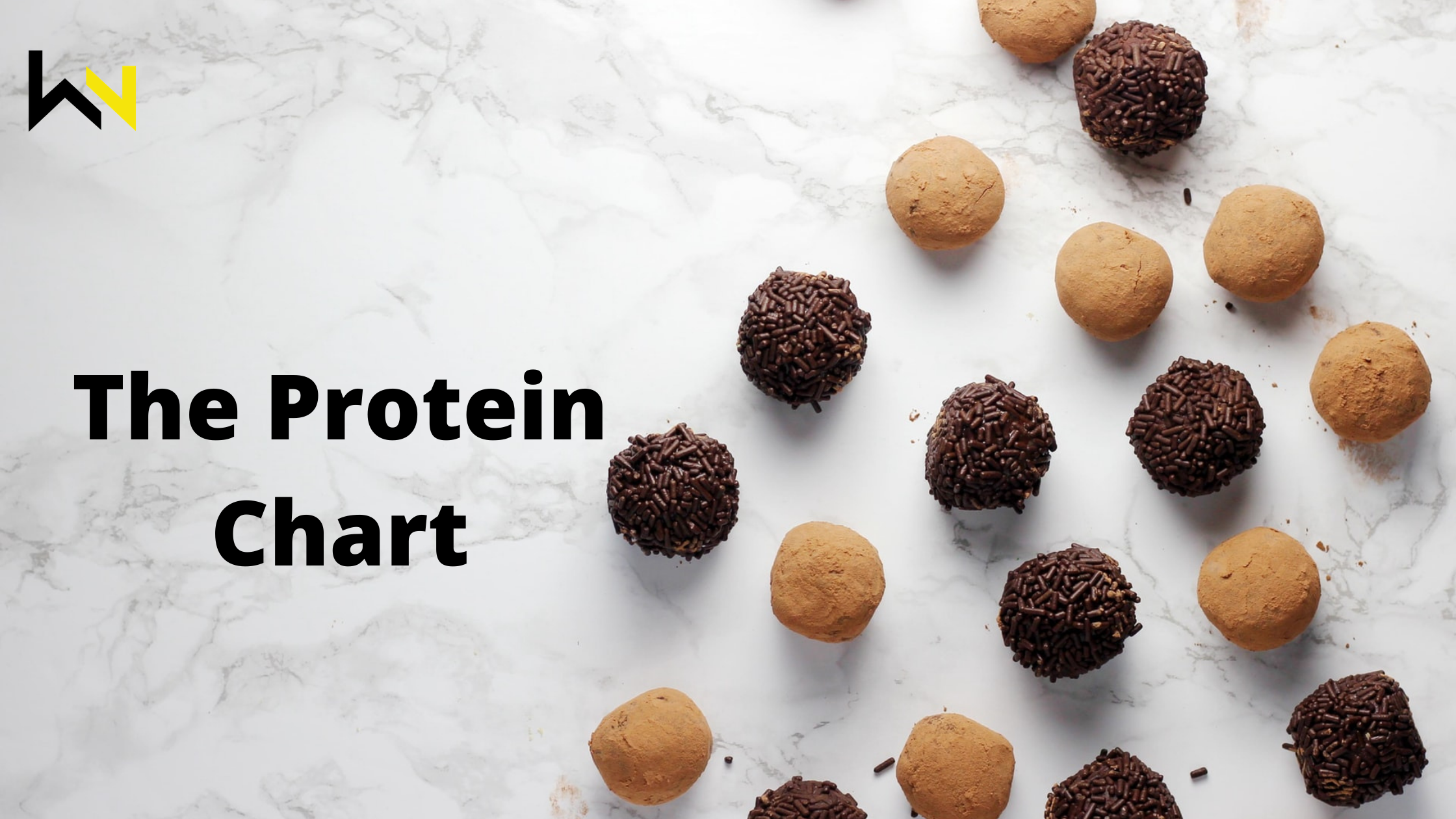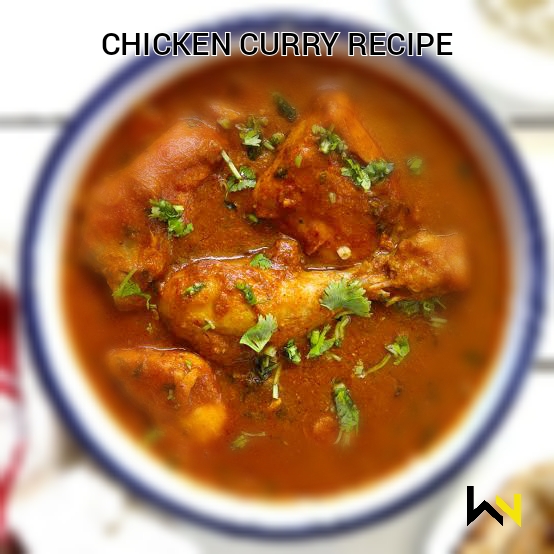India is a country that has a diverse climate ranging from alpine to the deep tropical region. The history of Indian food is very rich. This has not only broadened of ingredients but also the dishes. In India, food has become a marker of religion. History of India depicts and reflects 8000 years ago the history of various cultures and groups. The name of the dishes is generally based on tradition or culture or religion.
Indian food, known for its mixing of spices and different ingredients which gave it a good flavor and aroma. Mostly the innovation of new food is done by intermixing the creativity and ingredients. Years ago in India people were not educated and hence the recipes of the dishes were not written in text. Therefore, the cooking skills, techniques, and recipes were passed from generation to generation like a mother to daughter or chef to junior chef. This also reveals an important tradition of India of ‘Guru-Shishaya’ parampara.
In Indian tradition, food is first placed before God. It is the reason food being an important part of any celebration and it glorifies Indian history.
In earlier times, Indian food was very healthy mostly made of plants.
But now it influenced by Mongolian, Persian, and Chinese cuisine. Under the influences of different countries, spices came to play an important role in Indian food. Like: Chillies which was brought from Chile in South America or Cardamom powder came from the Middle East, etc.
Ayurveda is a Sanskrit word that means knowledge of life. The origin of Ayurveda’s date backs 1000 BC. It deals with a healthy and long life of human beings. It tells that a ‘healthy body practices healthy thoughts which will reform the soul and thus help in gaining salvation’. Ayurveda had played a dominant role in the history of Indian food which had made it very auspicious to human health and life. Thus, Ayurveda classifies the Indian food into 6 tastes:
Sweet
We have always heard or seen that people share or distribute sweets at the time of celebrations. This is because sweet taste strengthens, builds, and nourishes the body tissues. Even it soothes and harmonizes our minds. It benefits the hair, skin, and hastens the repair of wounds, and even enhances the integrity of the immune system. But not to be taken in excess because if taken then it leads to something the digestive fire, increasing mucus, dampness, etc. Which may cause cold or cough, laziness, worms, or fungal infection. Ayurveda classifies sweet taste not only with sweet products. But food rich in the flavor of sugar such as glucose, sucrose, lactose, etc. And maybe found in carbohydrates, fats, and proteins.
Salty
Salt stimulates digestion which means that it helps in cleaning the body by the functioning of sweating. It helps in an increase in salivation, digestion, absorption, and elimination. It promotes growth and muscle strength and even helps in lubricating the tissue. Soothing the nervous system, and the most important it maintains mineral balance and holds water. This type of taste nourishes the plasma, clear channels of the body. It also enhances the appetite and stops anxiety by calming the nerves. But as said nothing should be taken in excess as it is harmful. If taken in excess, It leads to excess thirst, swelling, high blood pressure, and making blood thick and viscous. It can also lead to fainting, grey hair, vomiting, etc. Their salty taste can be obtained from table salt, soya sauce, and salted meat, fish, or seaweed.
Bitter
This taste is quite familiar. Most of us do not like to eat it and avoid it in the diet. But it has numerous benefits. Like: helps in detoxifying and purifying the blood, killing the germs, alleviate thirst and hunger, and stimulates a healthy appetite. Also, it cleanses and supports the liver and drains excess moisture from the body. Most of us have problems with itching, swelling, fainting, burning of the skin, etc. It can be relieved by having a taste of bitterness.
And if used in excess rather than being useful it would be harmful. It can lead to nausea, weakens the kidney, and liver. Also, it may also cause dry mouth, debility, bone loss, or reduce sperm production. It may even lead to mental problems like confusion, dizziness, giddiness, etc. Such taste can be consumed by obtaining alkaloids or glycosides like green leafy vegetables, broccoli, bitter guard, sprouts, celery, etc.
Pungent
This taste is familiar as it is used in daily life but is unaware of and is mostly found in essential oils like onion, pepper, garlic, cloves, ginger, salsa, etc. The benefits of this taste are: it warms the body, cleans the mouth. Also, it enhances other flavors, solves problems of indigestion, breaks clots, etc. It clears moisture, increases circulation, clear toxins, and improves metabolism in our body.
But if used in excess then it can lead to insomnia, muscle pain causes choking. It can also lead to dizziness, fainting, hiccups, constipation, fatigue, debility, inflammation, excess thirst, etc.
Sour
This is the type of taste that is most loved and likely to eat. It tastes so because of the presence of organic acids. The benefits of the taste are: helps in digestion, increases salivary salivation, stimulates metabolism, encourages the flow of bile. And energizes, refreshes us, and gives a sense of satisfaction. But excess use may lead to sensitivity in teeth, ears, eyes, and disturb the flow of the blood. And may cause dizziness, fever, heartburn, wet cough, anemia, diarrhea, thirst, etc. Such type of taste can be obtained by having citrus fruits, berries, tomatoes, yogurt, etc.
Astringent
It is a flavor of dryness. And can be obtained from tannins like lentils, beans, green apple, pear, tea, cabbage, etc. Astringent is very useful for our body. The benefits of this taste are: it absorbs excess moisture, cleans the mucus membrane. Also, it improves absorption, heal wounds and cleans sense and emotions, removes lethargy, etc. Harms of excess usage are difficulty in speaking, causing constipation, stroke paralysis, which leads to thirst and stiffness. It also leads to emotional stagnation, and may even cause insomnia and cardiac-related problems.
This makes us understand that Indian food in history does not only have good taste but also medicinal value. But as time passes some added or reduced ingredients or things which led to the imbalance of delicacies. And even lost their medicinal value. This implies that Indian food had a great philosophy but actually destroyed at present by not giving it the value. Or not bothering about the combination of food. In earlier times, a combination of rajma chawal or paneer paratha is a complete protein food. This is the specialty of Indian food. This proves that the history of Indian food is very rich and distinguished.
Also Don’t Forget To Subscribe Our Newsletter.










